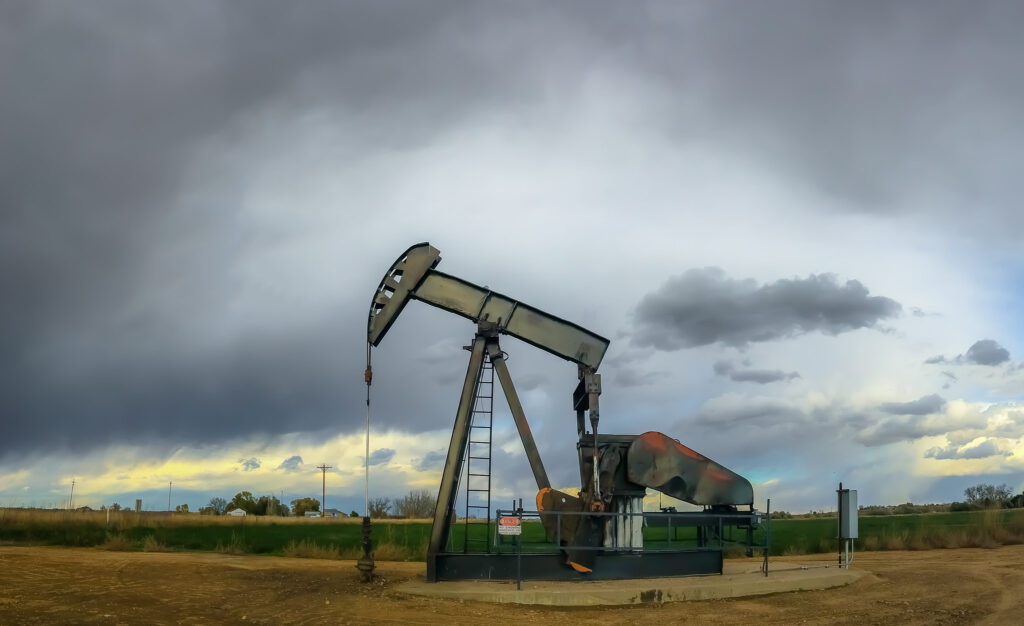
As carbon dioxide levels continue to increase in the atmosphere and emissions reductions aren’t happening as fast as needed, there is growing interest in carbon capture and storage technologies.
The idea is to capture the CO2 emitted from industrial processes or from the burning of fossil fuels in power generation, and then permanently store it out of harm’s way. There are several different types of sites where the CO2 might be stored. Deep saline aquifers are particularly desirable for the purpose, but depleted hydrocarbon reservoirs are commonplace and relatively simple to use. These are oil and gas wells that have been drained of their resources.
In many cases, CO2 has already been injected into these depleted wells as a means of enhanced oil recovery. Therefore, such wells provide a unique opportunity to study what happens to carbon dioxide when it’s stored in these places.
Researchers from Oxford University recently published a paper in the journal Nature that compared the state of depleted wells with injected carbon dioxide to that of wells without the injected gas. They found that nearly 3/4 of the CO2 was dissolved in the groundwater. Unexpectedly, they also found that 13-19% of the carbon dioxide was converted into methane by methanogenic bacteria. Methane is less soluble, less compressible, and less reactive than carbon dioxide.
Producing methane in these wells is therefore undesirable. Deeper sites that have temperatures too high for the bacteria to thrive are much more suitable. This research is important for identifying future carbon capture and storage sites and for designing long-term monitoring programs that are essential for low-risk, long-term carbon storage.
**********
Web Links
Safer carbon capture and storage
Photo, posted November 6, 2015, courtesy of CL Baker via Flickr.
Earth Wise is a production of WAMC Northeast Public Radio.
Leave a Reply